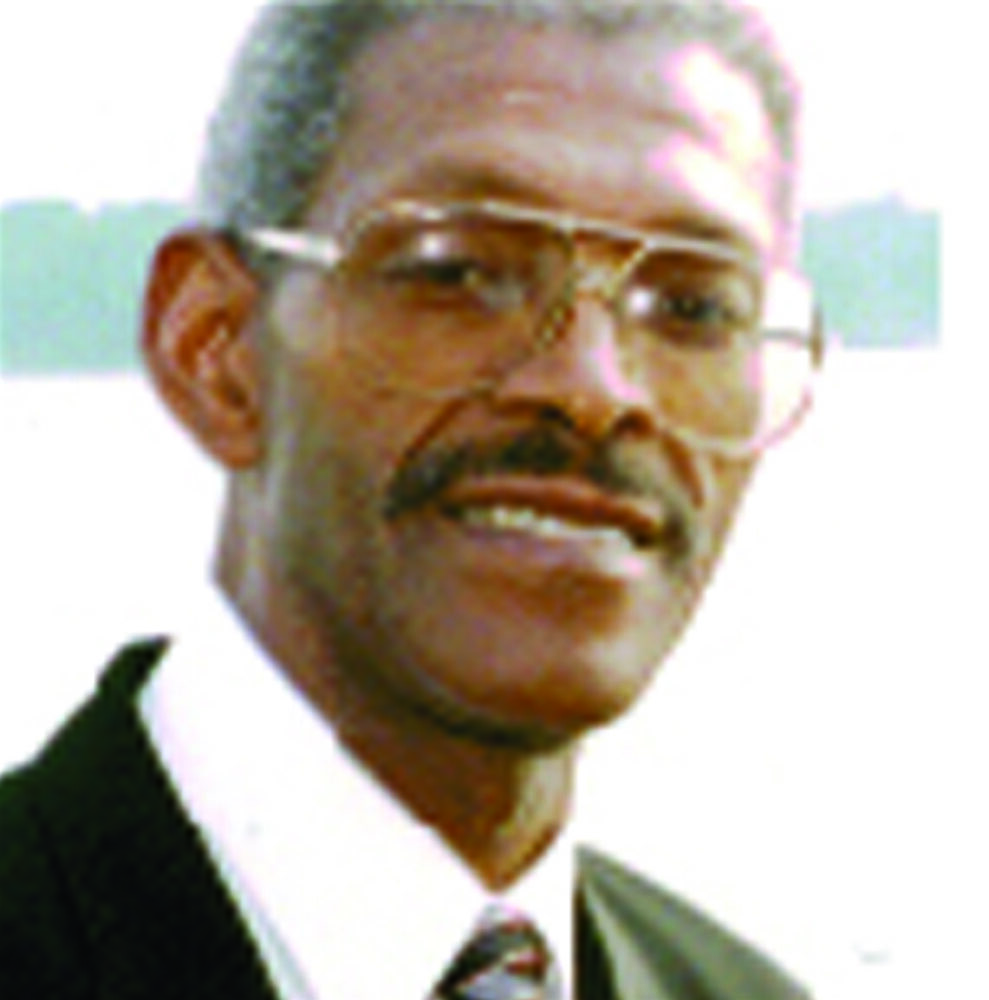Local News in Virginia
—‘The Miseducation of the Negro’— Keeping Dr. Woodson’s Book Alive

As Black History Month winds down take a quick survey: Ask 10 people if they studied Black history in grade school or high school.
If your unofficial survey yields the same results that the New Journal and Guide noted in a recent unofficial survey (which means everybody arched an eyebrow, looked skeptical, and quickly shook their head No). It’s why Khalif Khalifah edited, published, and distributed 25,000 copies of Dr. Carter G. Woodson’s 1933 book, The Mis-Education of the Negro, in 1993. Blacks, in other words, rarely study their own history in a classroom setting.
“I remember learning a little bit about Black Education in school in Gosport, Ala., but my family moved to New York when I was in the 5th grade,” said Khalifah, who lives in Drewryville, Va. “ They were part of the Great Migration. They did not teach it in the New York public school system but I did learn a bit during Black History Week. That was the extent of my learning anything about it in the classroom.”
So, when he discovered an un-copyrighted copy of Woodson’s 1933 book in 1988, he decided to change the situation.
About five years later, a publisher in Canada shipped 25,000 copies of Woodson’s re-edited and newly copyrighted book to his book store in Hampton.
“It is the most widely-read book that is produced and distributed by Black people,” Khalifah said. “Ultimately I published and sold 25,000 copies for $10 each. The outcome exceeded my expectations. It did so well.”
He added, “The reason I was able to publish his book to start with, was because the book was not under copyright. Carter G. Woodson, as great as he was, did not copyright his book. The reason I was able to copyright it was because I checked with the copyright office and found it was not under copyright. Once the word got out then any number of people started publishing the book.
“The Association for the Study of African-American Life and History around 2005 took command of the publication. They wrote letters to everyone publishing it and demanded certain restitution plus they sent a cease-and-desist order. But I had a copyright for my book and made sure I didn’t copyright their printed book.”
This means if you recently curled up on the sofa with Woodson’s book, his stern and unflinching message still rings true nearly 85 years later, thanks to Khalifah.
Khalifah is a typographer by trade who attended Bronx Community College and served as an air traffic controller in the Air Force. He launched United Brothers Communication Systems in 1974 in a basement room at 134th Street and Seventh Avenue in Harlem, according to an Aug. 15, 1988 story on him in The New York Times. His company edited books, asked other editors to help out, typeset, laid out, and printed books. He sometimes even bound the books himself. He published his own book, ‘’Real Afro-American History,’’ in 1974 and sold almost 5,000 copies.
Khalifah said his publishing business has been spiritually but not financially rewarding. He has never made a profit on a book. ‘’The point is to get books in print that are written by Black people,’’ he said. ‘’But I know now that if I have the financing, the market is there for it.’’
By Rosaland Tyler
Associate Editor


